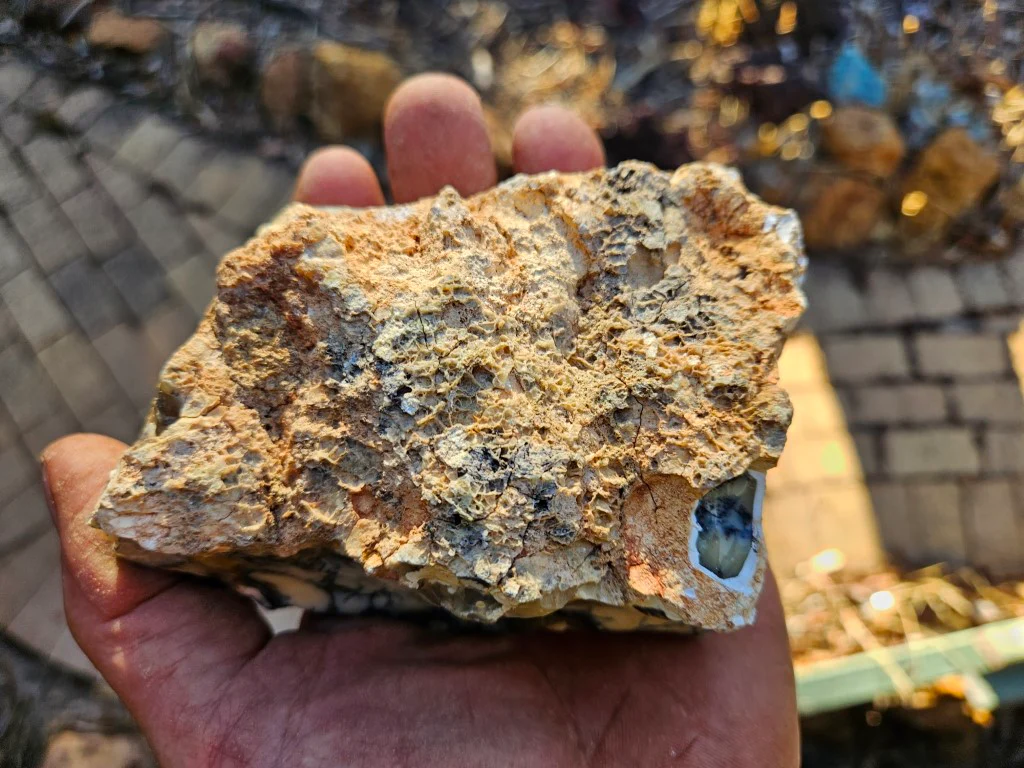The integration of oxidized gold ore into mining operations is emerging as a game-changer for sustainable and economically viable gold extraction. Unlike refractory ores, oxidized gold ore is easier and more cost-effective to process, thanks to its simpler mineral composition and improved amenability to conventional extraction methods such as heap leaching and cyanidation. These methods require less energy and fewer chemical inputs, reducing both operational costs and environmental impact. As the mining industry increasingly prioritizes sustainability and responsible resource management, oxidized gold ore presents a strategic advantage in aligning profitability with environmental stewardship. One of the key economic benefits of exploiting oxidized gold ore lies in the lower capital and operational expenditure required. Processing facilities for oxidized ore are generally less complex and can be established with reduced upfront investment compared to those needed for treating refractory ores. This makes oxidized gold ore deposits particularly attractive for junior mining companies and projects in developing regions, where capital availability and infrastructure are often limited.

Additionally, the faster leaching kinetics of oxidized ore translate to shorter processing cycles and faster gold recovery, improving project cash flows and investment returns. From a sustainability standpoint, oxidized gold ore supports more environmentally responsible mining practices. Traditional gold extraction from refractory ore often necessitates high-temperature roasting or pressure oxidation, which generate significant greenhouse gas emissions and toxic byproducts such as sulfur dioxide. In contrast, the treatment of oxidized ore typically involves milder chemical processes, resulting in a lower carbon footprint and reduced risk of environmental contamination. Furthermore, the use of heap leaching a common method for processing oxidized ore can be designed to minimize water usage and enable the recycling of reagents, aligning with modern goals for resource efficiency and reduced ecological disruption. Oxidized gold ore also facilitates mine site rehabilitation and community engagement efforts, as its relatively benign processing requirements can ease regulatory approvals and reduce social opposition.
Many deposits of oxidized ore are found near the surface, allowing for open-pit mining with minimal underground development. This not only simplifies logistics but also enables faster site reclamation once mining concludes. Communities are increasingly supportive of projects that demonstrate clear environmental management plans and long-term benefits, and JXSC oxidized ore operations are often better positioned to meet these expectations. As the global demand for gold continues to grow driven by its use in electronics, investments, and green technologies developing efficient and sustainable methods of extraction is critical. Oxidized gold ore, with its favorable processing characteristics and lower environmental impact, is poised to play a central role in the next generation of mining projects. By leveraging the unique advantages of this resource, mining companies can enhance profitability while contributing to the broader goals of environmental conservation, economic development, and social responsibility.